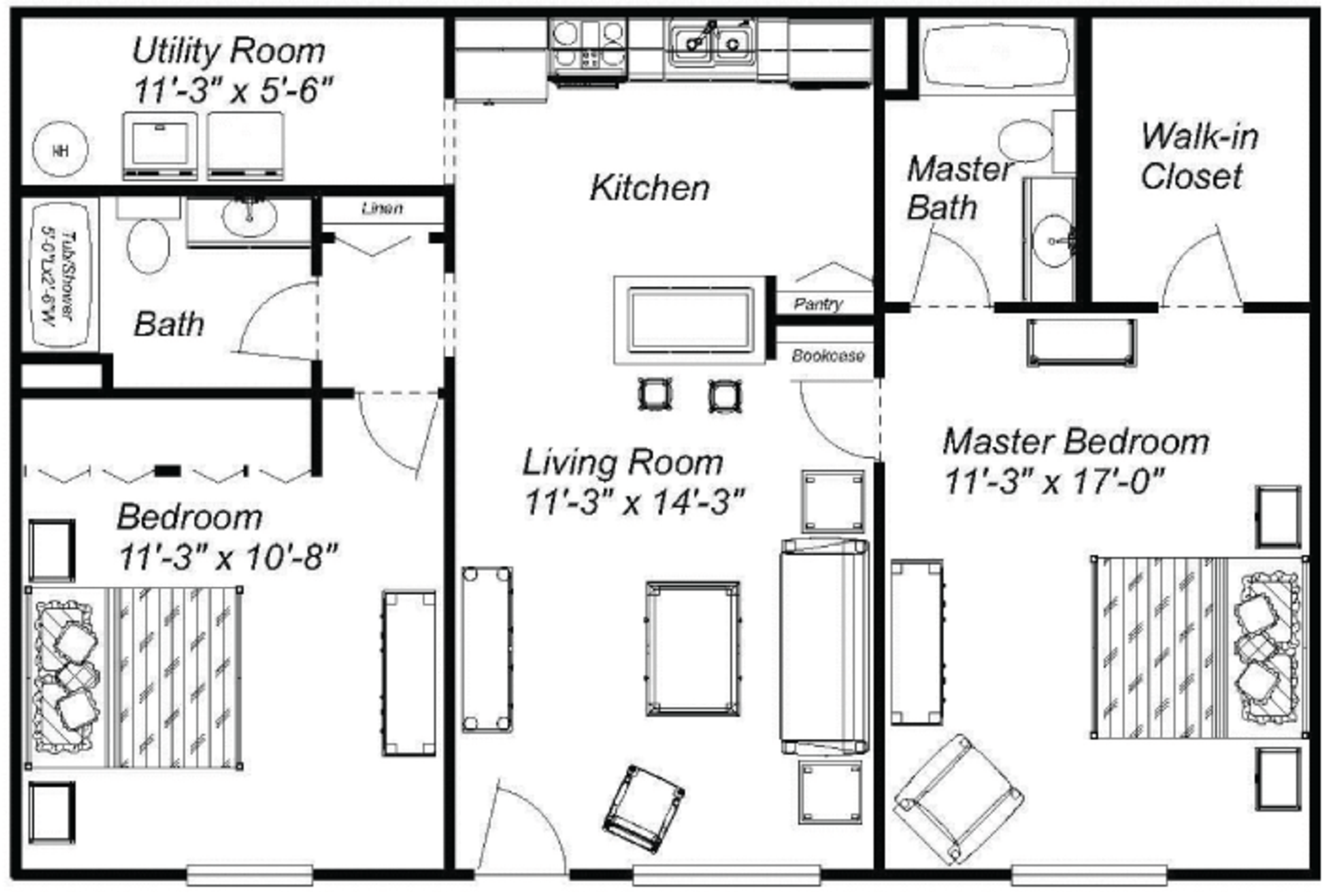Floorplanning apartments
Imagine that you have an apartment with a surface of 96 m2,
with dimensions 12m⨯8m. You would like to design the floor-plan of the
apartment according to some preferences and constraints. For example:
- I want a living room not smaller than 3m⨯4m and facing the south side.
- The kitchen should not be smaller than 8m2 and adjacent to
the living room.
- I want two bedrooms not smaller than 4m⨯4m.
- etc.
The project consists of generating different floor-plans for the apartment
that meet certain design constraints, similar to the ones presented above.
The specification of the constraints and preferences should be done using
some simple user-friendly language. For solving the problem, algorithms
typically used for floor-planning VLSI chips will be used.
The figure below shows the similarity between floor-planning an
apartment and floor-planning a VLSI chip. Much of the knowledge acquired
for chip floor-planning can be reused for apartment floor-planning.


For this project, the initial placement will be generated by other
methods (e.g., spectral algorithms). Mathematical optimization will be
used to legalize the position of the rooms while keeping the cost function
as low as possible.
Floorplanning can be posed as a non-convex mathematical optimization
problem. The initial positions of the rooms and the target area are known.
The optimizer can reshape the rooms until a legal location is found as
close as possible to the original location.
The following video, taken from the floorplan of a VLSI chip, illustrates
how the configuration of the layout could evolve during the optimization
process.
References
- Júlia Folguera. Architectural Layout Design with Spectral Methods,
October 2020. [PDF]
- [1] Scott A Arvin and Donald H House. Modeling architectural design objectives in physically based spaceScott
A. Arvin and Donald H. House. Modeling architectural design objectives
in physically based space planning. Automation in Construction,
11(2):213-225, 2002.
- Jeremy Michalek, R. Choudhary, and Panos Papalambros. Architectural
layout design optimization. Engineering Optimization,
34:461-484, 2002.
- Nitant Upasani, Krishnendra Shekhawat, and Garv Sachdeva. Automated
generation of dimensioned rectangular floorplans. Automation in
Construction, 113:103149, 2020.

